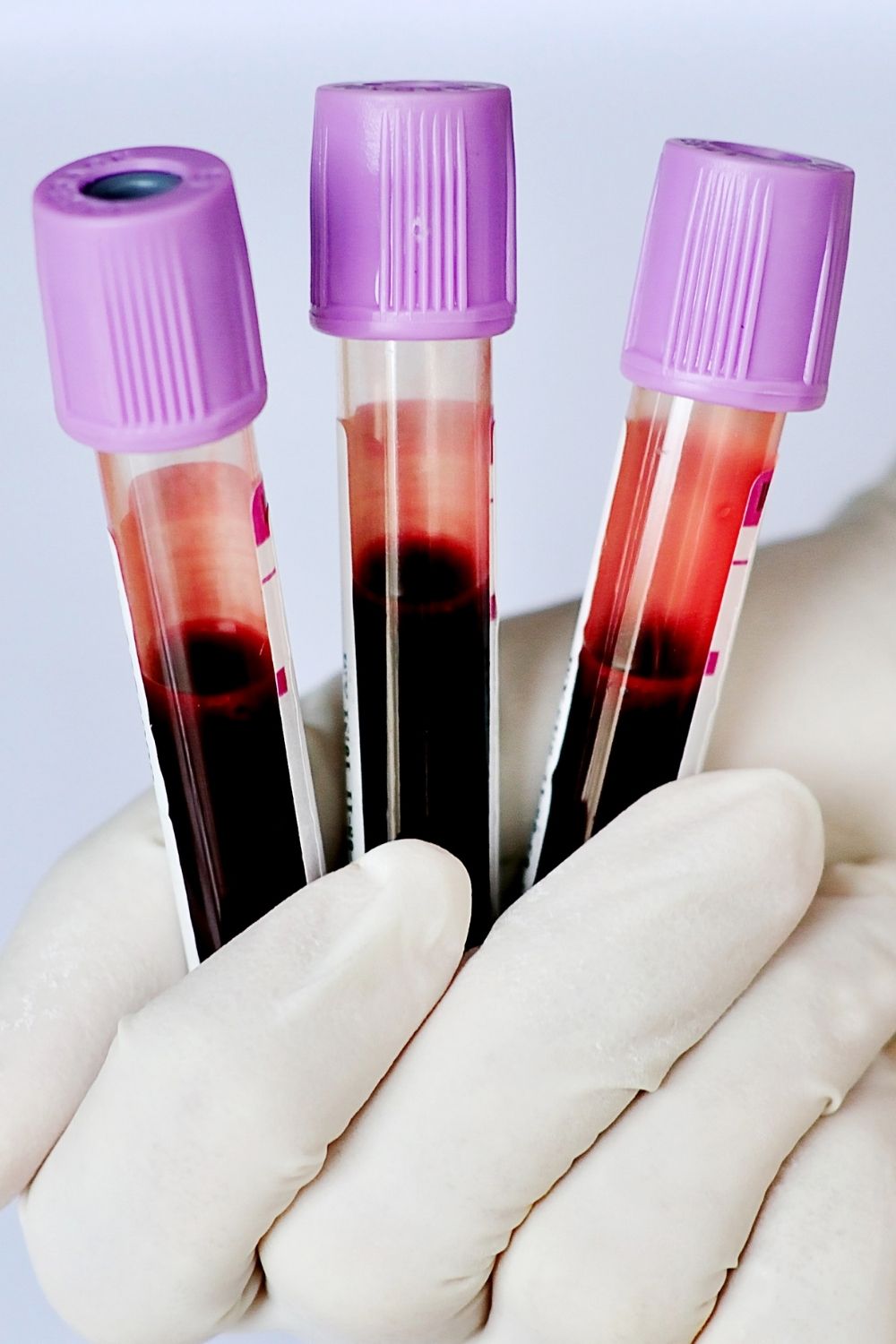March is Bleeding Disorders Awareness Month
The body produces 13 clotting factors. If any of them are defective or deficient, blood clotting is affected; a mild, moderate or severe bleeding disorder can result.
What is a Bleeding Disorder?
According to the CDC, there are 3 million people that are affected by bleeding disorders.
Bleeding disorders are a group of disorders that share the inability to form a proper blood clot. Symptoms include extended bleeding after injury, surgery, trauma, or menstruation. Sometimes the bleeding is spontaneous, without a known or identifiable cause. Improper clotting can be caused by defects in blood components such as platelets and/or clotting proteins, also called clotting factors.
Symptoms of a bleeding disorder include:
- Bleeding into joints, muscles and soft tissues
- Excessive bruising
- Prolonged, heavy menstrual periods (menorrhagia)
- Unexplained nosebleeds
- Extended bleeding after minor cuts, blood draws or vaccinations, minor surgery or dental procedures
6 Ways to Celebrate Bleeding Disorders Awareness Month
Here’s what you can do throughout the month of March to help raise awareness and advocate for the bleeding disorders community.
1. Get Involved
Get involved in the National Hemophilia Foundation’s Red Tie Campaign. The Red Tie Campaign began as a grassroots awareness initiative to raise funds and awareness and to find better treatments and cures for bleeding disorders.
2. Show Off
3. Donate
4. Local Help
Find out what your local NHF chapter has planned for Bleeding Disorders Awareness Month. Many chapters sponsor fundraising events during the month of March to benefit NHF.
6. Become a Bleeding Disorders Community Advocate
While it might seem daunting if you’ve never done it before, becoming an advocate for the bleeding disorders community is a lot easier than you think. Find out more here.
Stories, History, and the People of Bleeding Disorders
To celebrate Bleeding Disorders Awareness Month, BloodStream is releasing daily episodes full of stories, history, and the people that make our community special. Start here with our first special episode as Patrick gives us the history behind Bleeding Disorders Awareness Month and the advocacy work it took, over decades, to become a reality.v

